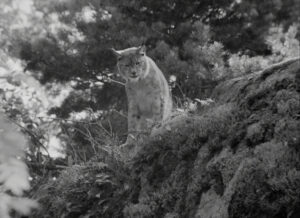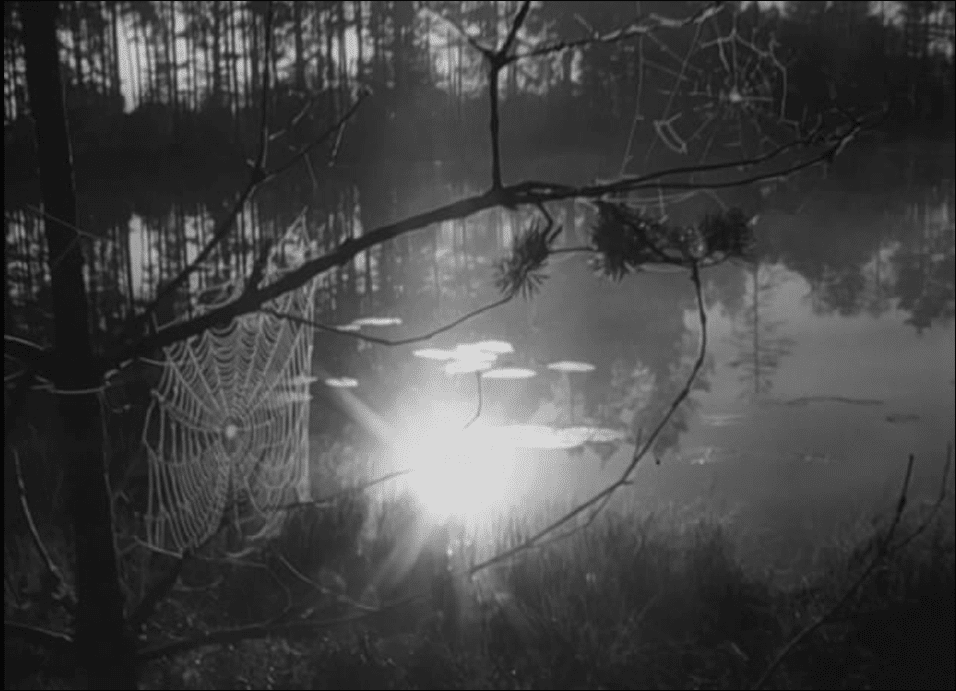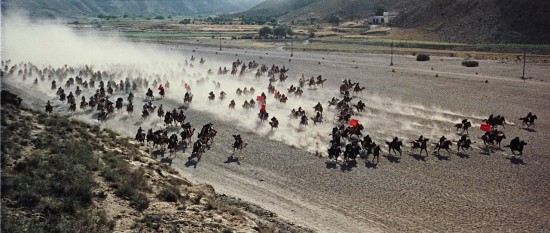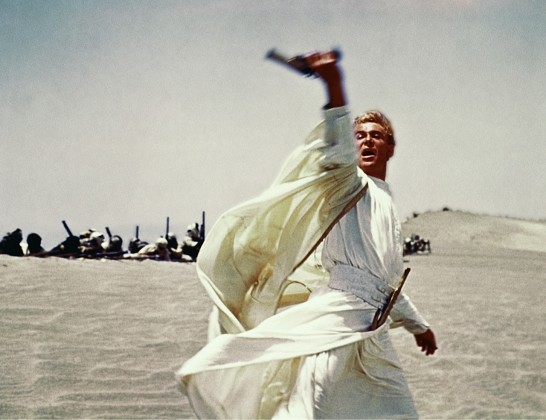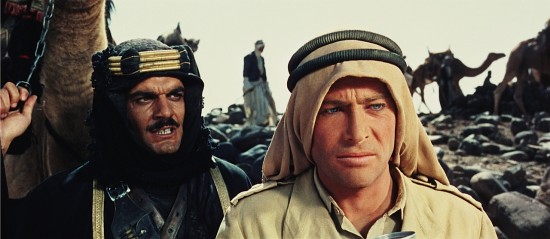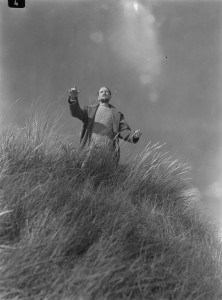Dir/Wri: Steven Zaillian | Cast: Andrew Scott, Dakota Fanning, Johnny Flynn, Eliot Sumner, Maurizio Lombardi | US Drama series on Netflix
Tom Ripley, the raffish cad who steals through Patricia Highsmith’s psycho-thriller page-turners, gets a striking monochrome makeover in this stylish Netflix series – based on her first novel in the series The Talented Mr Ripley – and directed by Steven Zaillian who blazes a new trail for the 1960s grifter starring Andrew Scott – who is both vulnerable and venal.
Andrew Scott‘s Tom Ripley is not the suave, likeable rogue from the Texan writer’s creation ‘Deep Water’ or ‘The Cry of the Owl’. Here in this new series for Netflix he’s seen as a seedy swindler, uncomfortable with his life in a sordid bedsit in New York’s Bowery district, and certainly less self-assured than John Malkovich’s American trickster, who famously garrotted his travelling companion in Liliana Cavani’s suberb 2002 thriller Ripley’s Game. Incidentally Malkovich gets a role here as Reeves Minot.
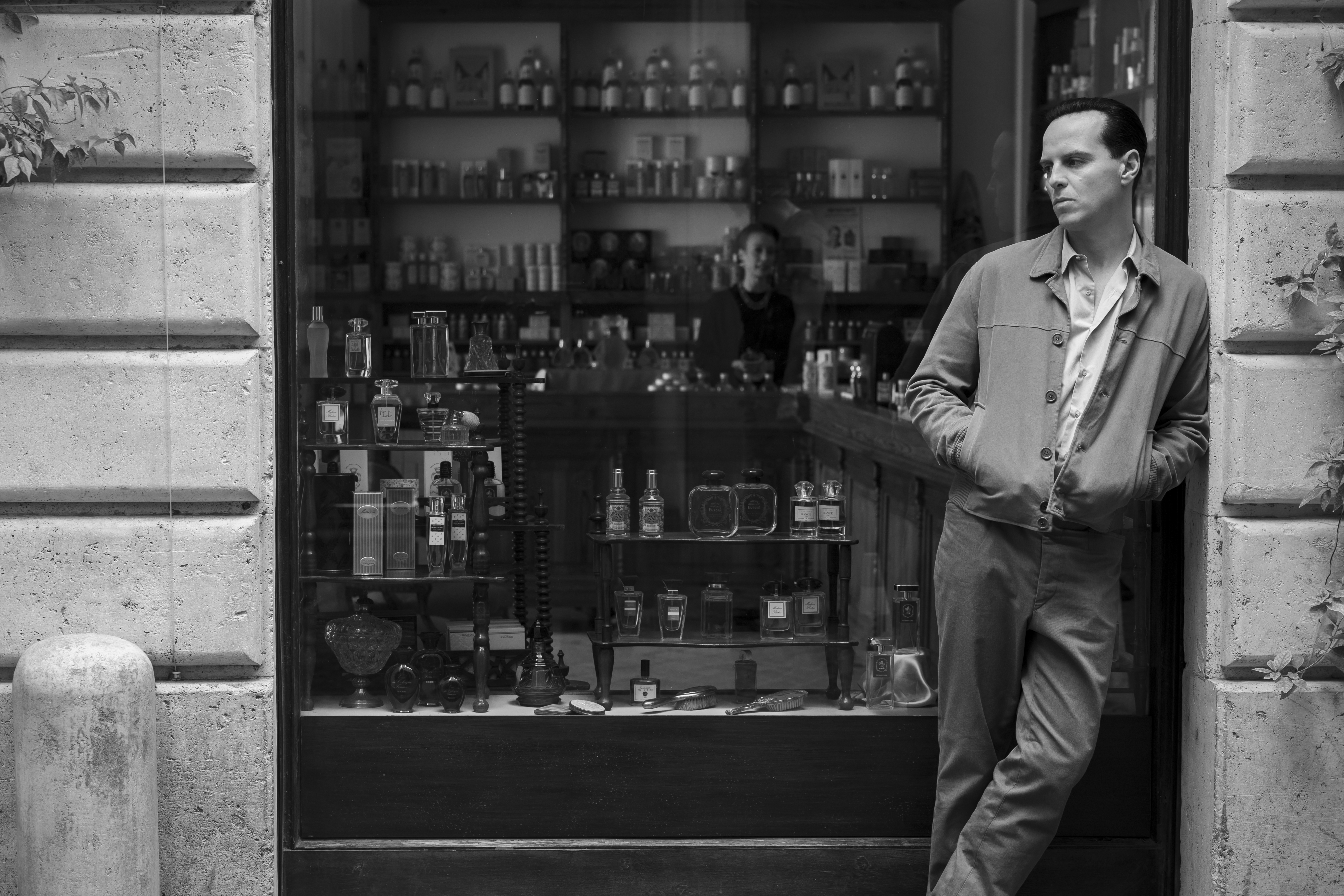
Ripley. Andrew Scott as Tom Ripley in episode of Ripley. Cr. Stefano Cristiano Montesi/Netflix © 2023
Scott is nevertheless immaculate in his re-imagination of the antihero. A glassy-eyed, high-performing psychopath desperate to rise to the occasion when Kenneth Lonergan’s brilliant Herbert Greenleaf, a shipping magnate, proffers an all-expenses-paid opportunity of a lifetime: a trip to Naples in its ‘dolce vita’ heyday to track down his son, Dickie (Flynn) a trust fund dilettante who has fled to southern Italy and re-styled himself as a playwright and painter (‘along the lines of Picasso’) with his laconic girlfriend Marge (Dakota Fanning makes a spectacular return).
But don’t expect a sun-drenched Italy basking in insouciance and graced with Alan Delon’s louche lounge lizard in Rene Clement’s Purple Noon (1960) – the light here is hard-edged as it stares down on jagged black & white echoing stairwells, stormy coves and chiaroscuro courtyards. Behind Ripley’s dark sunglasses lurks a calculating conman so out of his depth in Dickie’s milieu and so insecure of himself he could hit out, like Caravaggio, at any minute (the artist’s ‘Seven Acts of Mercy’ hangs in the local church). And Ripley even misjudges the soigne mood with Dickie – when he finally finds him at the top of a thousand steps in palatial splendour – by foolishly inviting a sinister stranger to drinks, bearing an ‘offer he can’t refuse’. Dickie couldn’t care less about money – these two are social worlds apart. But Dickie rubs Ripley up the wrong way too and they both part company under sullen skies.
Cinematic and compelling this is a watchable series both narrative wise and in artistic terms, Zaillian wrote and directed all eight episodes and it certainly makes for a worthwhile adaptation with its flinty humour and suggestive performances from Johnny Flynn and Dakota Fanning – Eliot Sumner striking the only slightly bum note as Freddie Miles. Miss Highsmith would be proud to know her creation is having another outing courtesy of this impressive series. @MeredithTaylor
NOW ON NETFLIX


